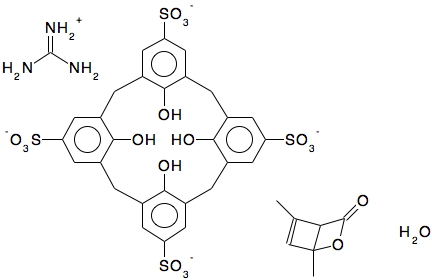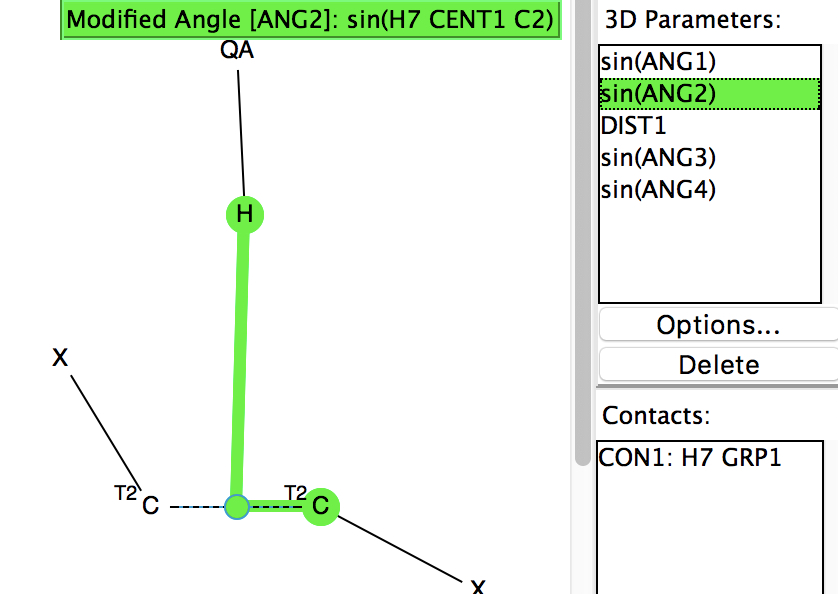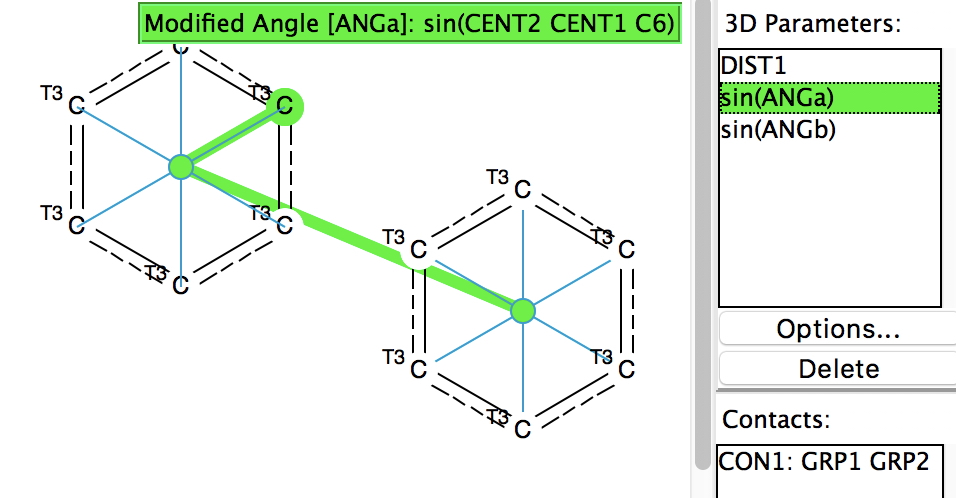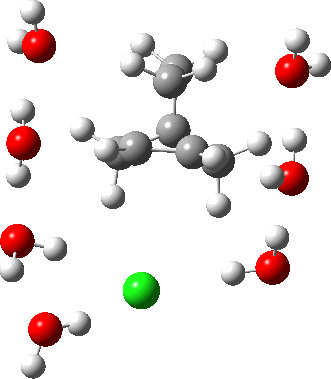
Research data (and its management) is rapidly emerging as a focal point for the development of research dissemination practices.

Research data (and its management) is rapidly emerging as a focal point for the development of research dissemination practices.

Following on from my re-investigation of close hydrogen bonding contacts to the π-face of alkenes, here now is an updated scan for H-bonds to alkynes.

Back in the early 1990s, we first discovered the delights of searching crystal structures for unusual bonding features. One of the first cases was a search for hydrogen bonds formed to the π-faces of alkenes and alkynes. In those days the CSD database of crystal structures was a lot smaller (<80,000 structures;

Layer stacking in structures such as graphite is well-studied.
Following my conformational exploration of enols, here is one about a much more common molecule, a carboxylic acid.
Both the cyclopropenium cation and the cyclopentadienide anion are well-known 4n+2-type aromatic ions, but could the two together form an ion-pair?
Enols are simple compounds with an OH group as a substituent on a C=C double bond and with a very distinct conformational preference for the OH group. Here I take a look at this preference as revealed by crystal structures, with the theoretical explanation.

In a comment appended to an earlier post, I mused about the magnitude of the force constant relating to the interconversion between a classical and a non-classical structure for the norbornyl cation.
Nowadays, data supporting most publications relating to the synthesis of organic compounds is more likely than not to be found in associated “supporting information” rather than the (often page limited) article itself. For example, this article has an SI which is paginated at 907;

Occasionally one comes across a web site that manages to combine being unusual, interesting and also useful. Thus www.molinsight.net is I think a unique chemistry resource for blind and visually impaired students.

In an era when alternative facts and fake news afflict us, the provenance of scientific data becomes ever more important. Especially if that data is available as open access and exploitable by others for both valid scientific reasons but potentially also by those with other motives.